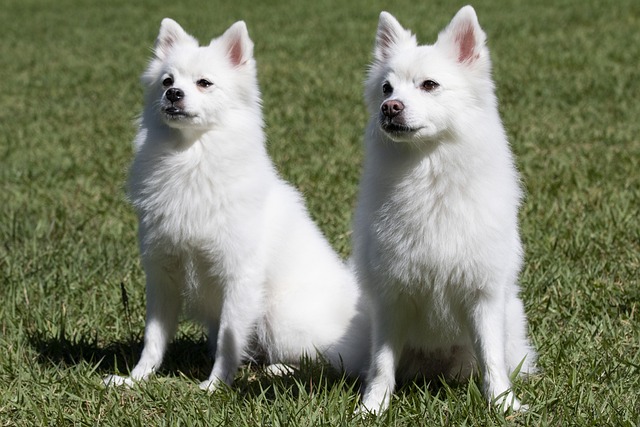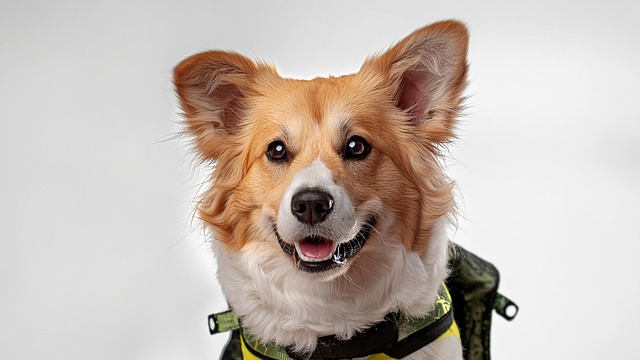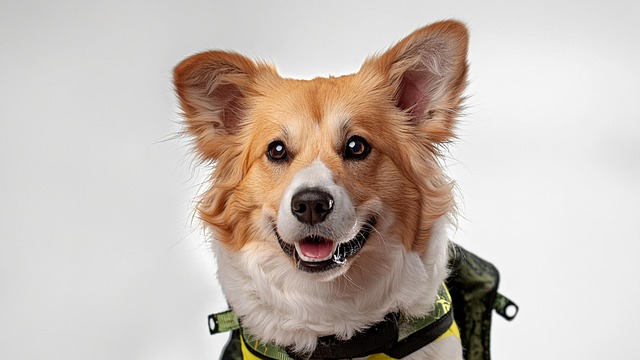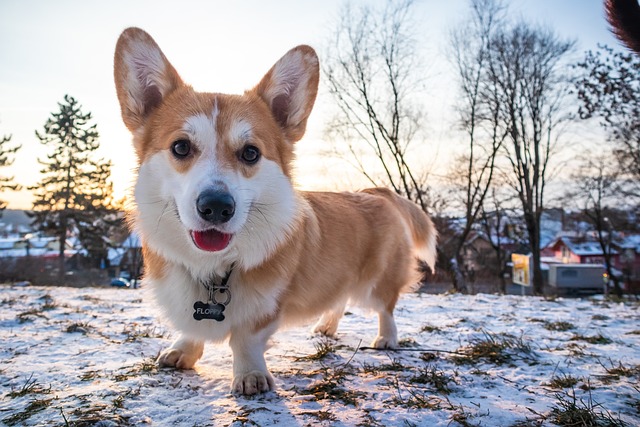If you’re a new dog parent living in a cozy city apartment, you’ve probably wondered: “Can a pup thrive in 600 square feet without driving me (or my neighbors) crazy?” Last year, my friend Lena in Brooklyn struggled with this—she adopted a high-energy Australian shepherd puppy, only to face constant barking complaints and chewed baseboards. The issue wasn’t her love; it was choosing a breed mismatched to apartment life. For small-space living, the best dogs are those with low energy, quiet temperaments, and a love for indoor snuggles over endless zoomies.
Certain breeds were practically made for apartment life. French Bulldogs, with their stocky build and laid-back vibe, top the list—my neighbor’s Frenchie, Gus, spends most days napping on the couch and only needs a short walk to stay happy. Their short coats mean less shedding (good for tiny laundry rooms), and they rarely bark unless there’s a really interesting squirrel outside. Boston Terriers are another winner; these “American Gentlemen” are playful but not hyper, and their compact size (12-15 inches tall) fits perfectly in studio apartments. Dr. Carter, a vet in Chicago, explains: “Breeds developed as companion dogs, not working dogs, thrive here—they evolved to be content with human company over wide-open spaces, unlike herding breeds that need miles to run.”
Preparing your apartment starts with smart setup. Use a baby gate to create a safe zone with their bed, water, and a puzzle toy stuffed with treats—this keeps them occupied while you’re at work. For nervous pups, add a soft blanket with your scent to ease anxiety. Start with short solo sessions: leave for 20 minutes, then return to praise and a tiny training treat. This positive reinforcement teaches them alone time is okay—never scold them for occasional chewing; fear will only make stress worse. Lena learned this with her second pup, a Boston Terrier named Bean, who now naps through her workdays after weeks of gentle training.

Living in an apartment means playing by the rules. First, check your lease—many buildings in cities like San Francisco or Austin have weight limits (often 25 pounds or under) or breed restrictions, so choosing a small breed keeps you compliant. Ensure their rabies vaccine is up to date (required by law in all states) and keep proof handy for building management. When heading to the community dog run, always pack poop bags—leaving waste behind isn’t just rude; it’s illegal in most urban areas. And watch the noise: breeds like Cavalier King Charles Spaniels rarely bark excessively, but even quiet pups need training to ignore doorbells, keeping neighborly peace.
Even low-energy apartment dogs need routine. Daily walks (15-20 minutes twice a day) keep them mentally stimulated and prevent restlessness—my Gus-loving neighbor swears by post-work strolls around the block, where he greets other pups politely (leash always on, per city rules). The best apartment dogs aren’t just small—they’re adaptable, people-focused, and happy to trade acres of yard for a warm lap and a window to watch the world. With the right breed and a little prep, your tiny space can become their perfect home.






